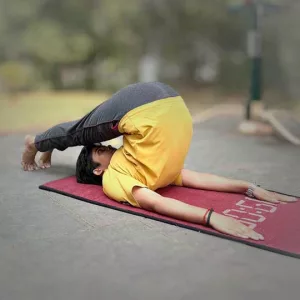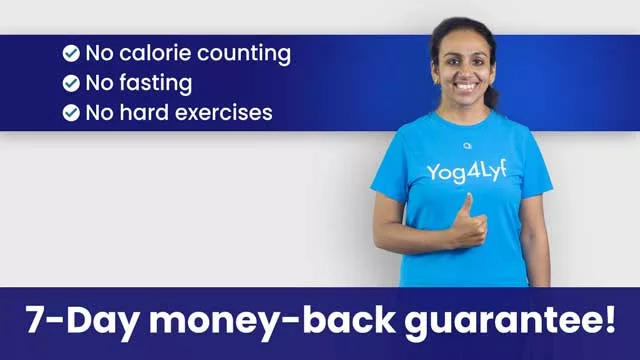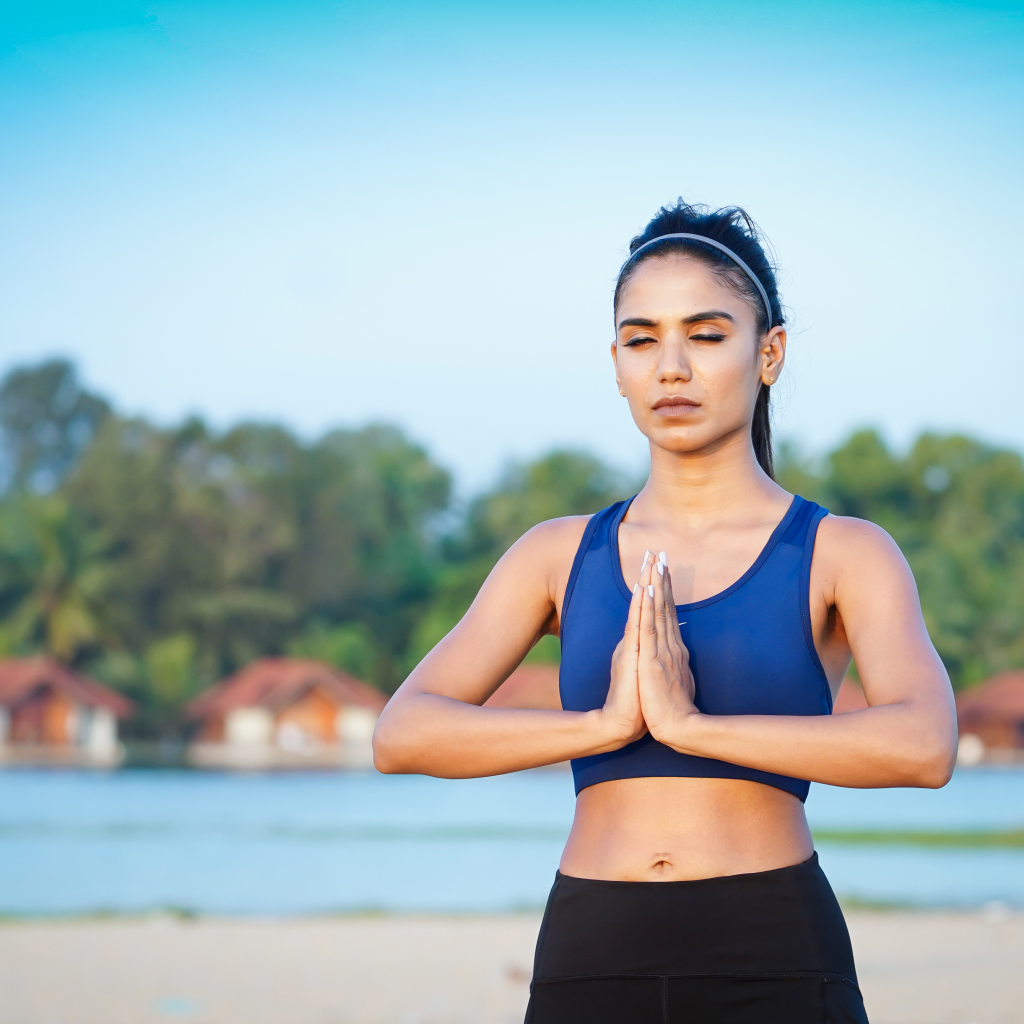
Morning is considered the best time to do yoga because the body is fresh, the mind is quiet, and the stomach is empty, creating the perfect inner climate for both physical and spiritual transformation.But does that mean you can’t draw in the benefits of yoga later in the day? Not at all! In fact, yoga can be practised at different times, even during periods depending on your lifestyle, goals, and even your biological rhythms.
Let’s explore all the possible times yoga can be done and what science and yogic tradition say about each.
Match your Yoga Timing according to Your Personal Goals
Here’s a quick guide:
| Your Goal | Best Time to Practice |
| Spiritual growth, deep meditation | Early morning (Brahma Muhurta) |
| Energy boost & productivity | Morning (6:30–9:00 AM) |
| Flexibility & alignment | Mid-morning (9:00–11:30 AM) |
| Mental refresh during work hours | Afternoon (12:00–3:00 PM) |
| Stress relief, strength, detox | Evening (4:30–7:00 PM) |
| Better sleep, calm mind | Night (7:00–9:00 PM) |
Early Morning (4:30 AM – 6:30 AM): The Brahma Muhurta Advantage
In traditional yogic philosophy, the time just before sunrise is known as Brahma Muhurta, or the “time of Brahma”, a sacred window between 1.5 hours before sunrise. It is believed to be the most spiritually charged time of the day. The atmosphere contains more oxygen and pranic energy (life force), making the mind more alert and the breath more harmonious.
Biological Benefits:
- Cortisol levels (the natural wake-up hormone) are at their peak around 5–6 AM, improving alertness and metabolic readiness.
- The digestive system is inactive, making it ideal for bending, twisting, and compressing without discomfort.
- The melatonin levels drop naturally, helping you transition smoothly from sleep to activity with yoga as your bridge.
Ideal Practices:
- Meditation, slow Hatha flow, pranayama, mantra chanting.
Check our App for Guided Pranayam Practise

Morning (6:30 AM – 9:00 AM): The Golden Hour for Asana Practice
If you can’t wake up in the Brahma Muhurta window, this is your next best bet. During this time, the sun is rising, the air is still crisp, and your body is waking up naturally. Morning yoga sets the tone for the rest of the day, it fuels your energy, activates your nervous system, and boosts your metabolism.
Biological Benefits:
- Improves lymphatic circulation, flushing toxins out of your body.
- Enhances the parasympathetic nervous system (rest and digest), reducing stress from the very start of your day.
- Doing yoga on an empty stomach supports better digestion, weight management, and improved gut motility.
Ideal Practices:
- Surya Namaskar (Sun Salutations), Hatha Yoga, Vinyasa flow, core strengthening.
Mid-Morning (9:00 AM – 11:30 AM): Muscles Are Warm and Ready
If your mornings are hectic or your energy levels peak a little later, this time may be suitable. After a light breakfast (ideally digested for 1.5–2 hours), your body is biologically more active, your muscles are warmer, and the brain is in problem-solving mode. It’s a good window for precision work like alignment-based yoga.
Biological Benefits:
- Body temperature is slightly higher, reducing the risk of injury.
- Your cognitive alertness is also optimal—helping you tune into subtle sensations and postural corrections.
- Glucose from your meal is stabilizing, giving you sustained energy.
Ideal Practices:
- Iyengar Yoga, Ashtanga (modified), anulom vilom , posture work.
Join Yog4Lyf’s Highly Recommended Weight Loss Course

Afternoon (12:00 PM – 3:00 PM): Midday Reset
This time is often overlooked, but yoga in the early afternoon can act as a mental reset button, especially for those with sedentary jobs. It’s perfect for short, mindful sessions that relieve physical stiffness and restore energy.
Biological Considerations:
- Post-lunch, blood flow is directed toward digestion, so intense yoga is not recommended.
- However, mild stretching and restorative postures improve circulation and help avoid post-lunch fatigue or sugar crashes.
Ideal Practices:
- Seated stretches, shoulder openers, pranayama, gentle twists.
Evening (4:30 PM – 7:00 PM): Releasing the Day’s Tension
By evening, our bodies are warmed up from daily movement and our minds are often tense from decision fatigue. This is a great time for physical detox and emotional release. Evening yoga helps you close your workday with intention, melt physical tension, and shift into personal space.
Biological Benefits:
- Muscles are at their highest temperature, making it ideal for flexibility and strength-building.
- Reduces levels of adrenaline and cortisol, calming the nervous system.
- Stimulates the vagus nerve, which promotes rest and reduces anxiety.
Ideal Practices:
- Power Yoga, Vinyasa, Yin Yoga, balancing postures, hip openers.
Night (7:00 PM – 9:00 PM): Yoga for Better Sleep
Practicing yoga before bed can improve sleep quality significantly, especially if you suffer from insomnia, anxiety, or a racing mind. The goal here is to quiet the nervous system and slow down your physiological processes.
Biological Impact:
- Activates the parasympathetic nervous system, signaling your body to prepare for rest.
- Slows your heart rate and respiratory rate, helping melatonin production.
- Improves HRV (Heart Rate Variability), a marker of good sleep health.
Ideal Practices:
- Yoga Nidra, restorative yoga, forward bends, slow breathing Anulom Vilom, Bhramari
Conclusion: The Best Time is the One You Can Stick To!
While morning yoga is ideal from both a biological and spiritual perspective, the best time for yoga is the time you can commit to regularly. Yoga honors consistency over perfection. Whether you’re an early bird or a night owl, yoga can meet you where you are, on your mat, at your pace.
So explore. Observe. Experiment with different times. Eventually, you’ll find a rhythm that resonates with your body, your breath, and your life.





